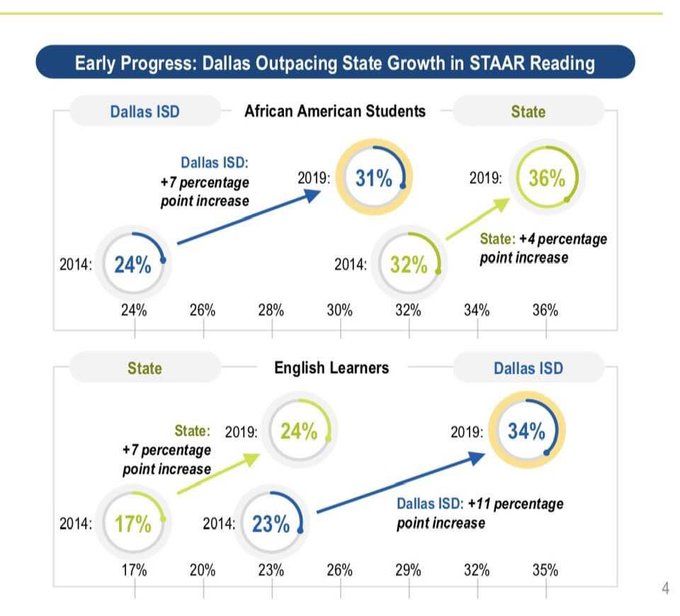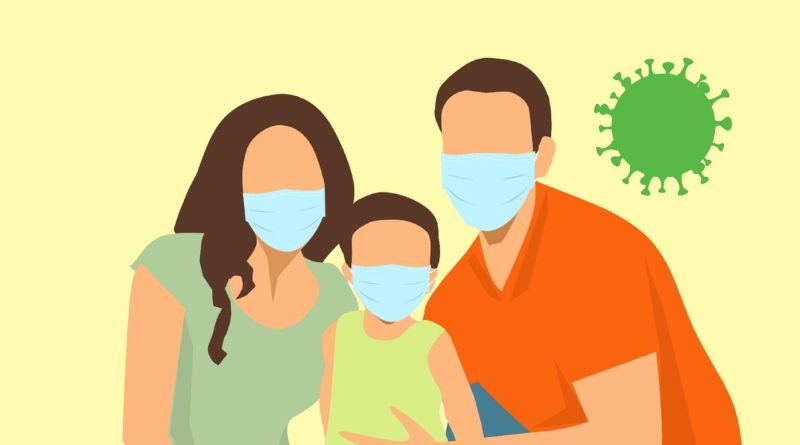Sheltered Diaries: Good Choices Have a Ripple Effect
Hear me out – but what if I told you wearing a mask, staying 6 feet from people (all the things public health experts recommend) could make the difference in whether a third-grader in Dallas goes to college, or a pre-K student even graduates high school?
Let’s forget, for a minute, that some people still think masks are not helpful (based on some early, turned-out-to-be-erroneous information). To that, I say: Read this, this, this, and this.
Because the latest research and recommendations have shown that when everyone is wearing one, it reduces transmission. Yes, the cloth mask you buy may say, “Not for medical use,” and a bunch of language about not preventing COVID-19, but that’s operating under a few assumptions – namely that not everyone will wear one, and that no, it shouldn’t be relied upon if you’re, say, a doctor caring for a patient who has COVID-19. But if you’re going grocery shopping at Trader Joe’s and everyone has one, yes, absolutely, you’re going to be helping reduce transmission.
“We should do everything we can to slow the spread of the virus,” Joseph Vinetz, a Yale Medicine infectious disease specialist said. “A mask should not give anyone a false sense of security. It doesn’t give you a license to have social gatherings. It’s just a way to help reduce whatever small amount of transmission could be going on in public.”
It’s one of the tools in a toolbox that includes social distancing, avoiding unnecessary trips and gatherings, and frequent handwashing.
So, back to how wearing this mask in public is going to help elementary students in Dallas ISD.
Last week, we started discussing how to talk about race with our families – and it may seem like I’m going far afield with this week’s column. But I promise you, you’re about to see how your own personal decisions about COVID-19 very much have a lot to do with race in Dallas.
First, I want to show you a chart. It was shown at a recent Dallas ISD school board meeting, and it tells two stories – the obvious one, and one that percolates in the background.

This chart is both good news and bad news. The good news is Dallas ISD is doing better than the state in terms of growth in reading. The bad news is that’s a low bar.
Now, that’s not a knock against Dallas ISD. They’ve made tremendous, well-documented strides using methodology and strategies that other school districts are now adopting.
But this chart still shows that a vast expanse of Black and English Language Learning students can’t read at grade level. And Dallas ISD is working to address the inequities (albeit a lot slower than most would say is seemly given how long they’ve been going on), but there are a lot of issues that go on beyond the scope of what a school district can address on its own.
COVID-19 has cast a bright light on a lot of these things – like tech deserts and lack of infrastructure – but there is still a lot of work to be done – not one trustee would disagree.
But, you may be asking, how does my mask-wearing help address these inequities even a little?
Well, you guys, those reading gains? That took hard work on the inside of a brick and mortar school with teachers, principals, counselors, tutors, and other specialists working daily with students.
As UC Berkely education professor Tolani Britton told Teen Vogue – distance learning assumes that most students have access to computers, good internet, space to work uninterrupted at home, and parents who can help them when they have questions.
“What the research is showing us is you can’t take a classroom and put it online,” she said. “It’s unfair to put these expectations in place.”
The longer we mess around for the sake of a margarita on a crowded patio, the longer this pandemic goes on, and the less likely it becomes that these students get to regularly attend school.
And any gains made will begin to drop away. Precipitously. So, in all seriousness, the decisions we all make right now could make a difference in whether these kids thrive, or survive.
Which would you want for your child – for them to thrive, or just survive?
I wish this thing was over too. I’m tired of having to do an eleventy-billion step regimen every time I go to cover something, and then repeating it (but backwards) when I come home.
I’m tired of wearing a mask in the heat already.
I’m tired of a world where I can’t see whole faces.
But I’m not so tired of all those things that I will stop, either.
The deal is this: whether you think hospitalizations, vent use, ICU beds, testing, or whatever other arbitrary metric is important, even if that one arbitrary single metric is actually the ONE that we should’ve cared about when all this shakes out, every single reputable public health expert and epidemiologist I have spoken to has said this: Wear a mask. Stay 6 feet away from people. Avoid unnecessary encounters with the public. Avoid crowds. Wash your hands and use hand sanitizer frequently. Quarantine if you get in contact with someone who tests positive. Stay home and away from other people if you feel ill.
And now, I’ve given you another reason – doing our part individually means this all ends faster, and we can get kids back in classrooms, which means better outcomes for all students – but particularly ones who desperately need the services in-person instruction provides.
Wear a mask.









